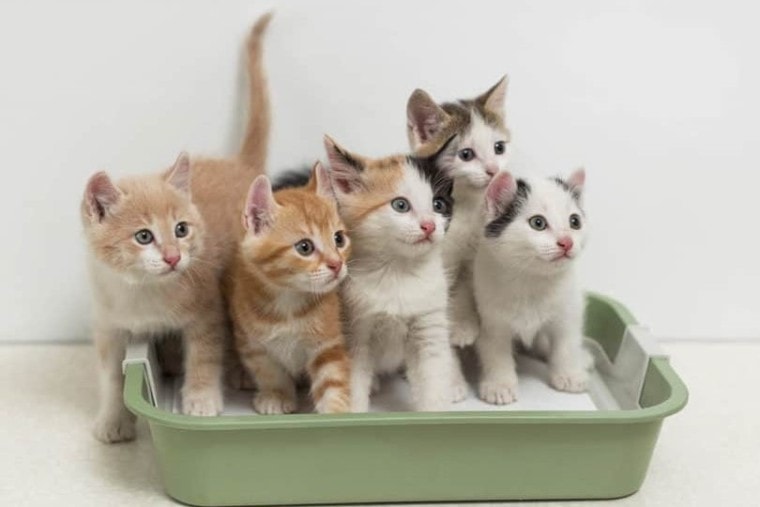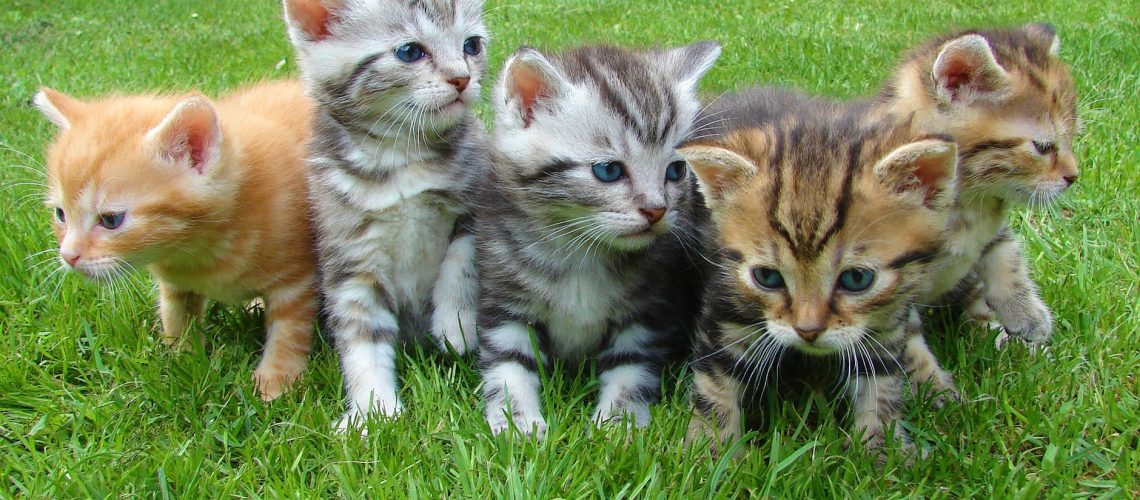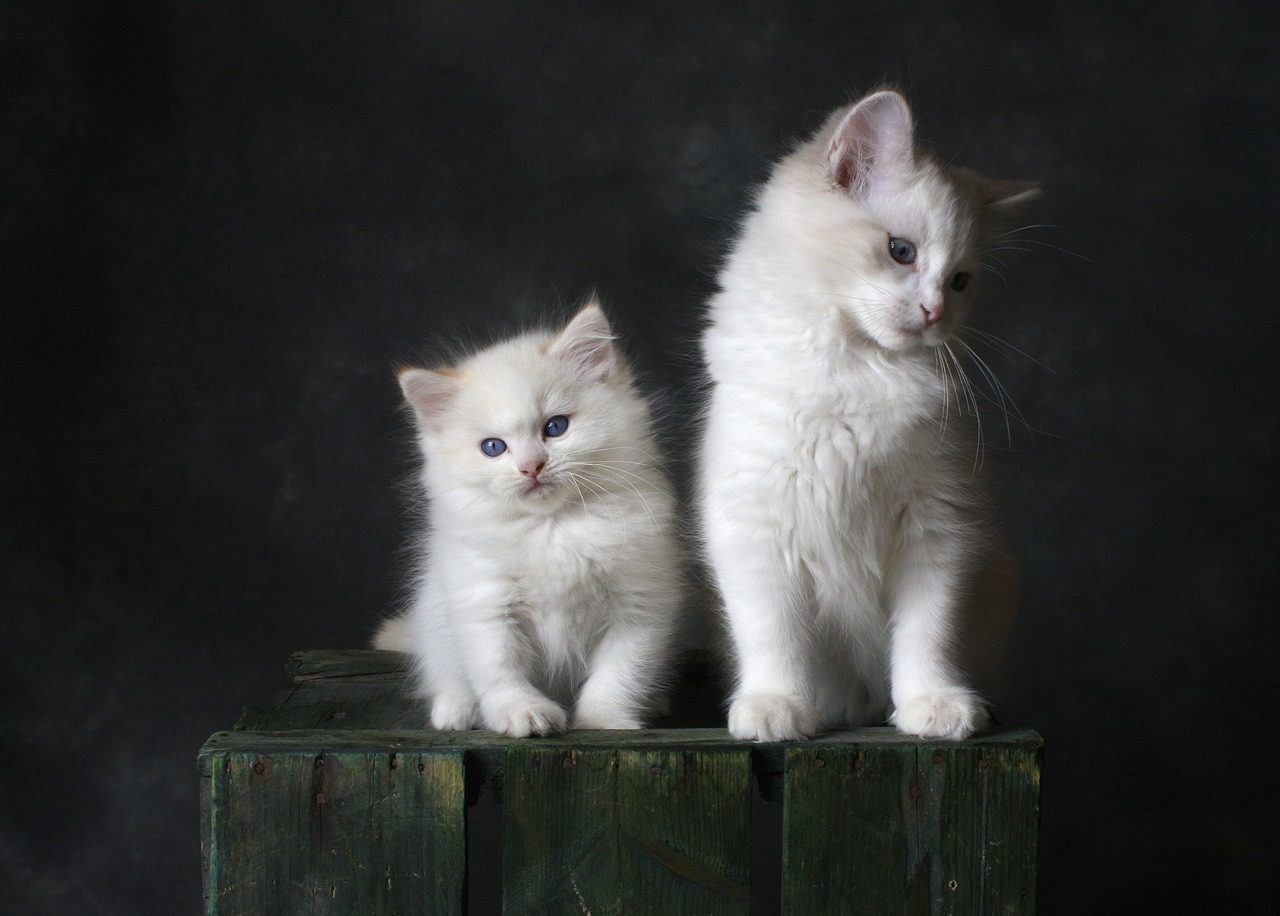There is a saying that a cat can live up to 12 years if it is well taken care of. If you are not happy with your cat then it is better to get it spayed or neutered. This is because cats are not very active during their life and they don’t want to be disturbed.
Key Takeaways:
- The average litter size for cats is 3-5 kittens.
- First-time mothers usually have smaller litters.
- Genetics play a role in determining litter size.
- Nutrition and health of the mother influence the number of kittens.
- Cats can have multiple litters in a year.
- The age of the cat can affect litter size.
- Some breeds naturally have larger litters than others.
Cats, with their playful antics and adorable kittens, have always been a source of joy for many. But have you ever wondered how many kittens a cat can have at once? Let's delve into the captivating realm of feline reproduction.
1. Average Litter Size
- Typical Numbers: On average, cats give birth to 3-5 kittens in a single litter.
- Variations: However, it's not uncommon to see litters as small as one or as large as ten.
2. First-Time Mothers
- Smaller Litters: Cats having their first litter often have fewer kittens.
- Experience Matters: As they have more litters, the number can increase.
3. The Role of Genetics
- Inherited Traits: Just as human families might have tendencies for twins or larger families, some cat lineages might be predisposed to larger litters.
4. Nutrition and Health
- Healthy Diet: A well-nourished cat is more likely to have a larger litter.
- Medical Check-ups: Regular vet visits ensure the mother is in optimal health for reproduction.
5. Reproductive Frequency
- Multiple Litters: Cats can have more than one litter in a year, especially in warmer climates.
- Rest Periods: However, it's essential for a cat's health to have rest periods between litters.
6. Age Factor
- Prime Reproductive Years: Cats between the ages of 2 and 8 are in their prime reproductive years and tend to have larger litters.
- Young and Older Cats: Very young mothers and older cats might have smaller litters.
7. Breed Differences
- Natural Variations: Some cat breeds, like Siamese cats, tend to have larger litters.
- Breed Research: If you're curious about a specific breed, it's worth researching their average litter sizes.
The world of feline reproduction is as varied as the cats themselves. While the average number hovers around 3-5 kittens, many factors can influence this. Whether you're a curious cat lover or preparing for a litter of your own, understanding these factors ensures you're well-informed and ready for the pitter-patter of tiny feline feet.

The Intricacies of Feline Reproduction
Understanding Litter Sizes The number of kittens a cat can have in a single litter is a fascinating aspect of their reproductive capabilities. While the average number typically ranges between 3-5 kittens, it's essential to understand that this can vary based on several factors.
Factors Influencing Litter Size
- Genetics at Play: Just as some human families might have a history of twins, certain cat lineages may be predisposed to having larger litters.
- Mother's Health: The overall health and nutrition of the mother cat play a pivotal role. A well-fed and healthy cat is more likely to have a larger litter compared to a malnourished one.
- Age Matters: Cats in their prime reproductive years, typically between ages 2 and 8, tend to have larger litters. On the other hand, very young or older cats might produce fewer kittens.
Breed Specifics Certain cat breeds naturally have different average litter sizes. For instance, some breeds, like the Siamese, might have a tendency for larger litters. If you're particularly interested in a specific breed, it's beneficial to delve deeper into their reproductive patterns.
Wrapping Up The world of cats and their reproductive capabilities is vast and intriguing. Whether you're a cat owner, a breeder, or simply a cat enthusiast, understanding these nuances offers valuable insights into the enchanting world of kittens and their journey into this world.
Number of kittens per cat:
- If your cat has 3 litters per year then it will have a total of 30 kittens.
- If your cat has 2 litters per year then it will have a total of 20 kittens.
- If your cat has 1 litter per year then it will have a total of 10 kittens.
Conclusion:
These are the 10 kittens that can come out from a cat. You need to know this before getting a pet. I hope that these tips will help you to know more about the kittens in a litter.

















